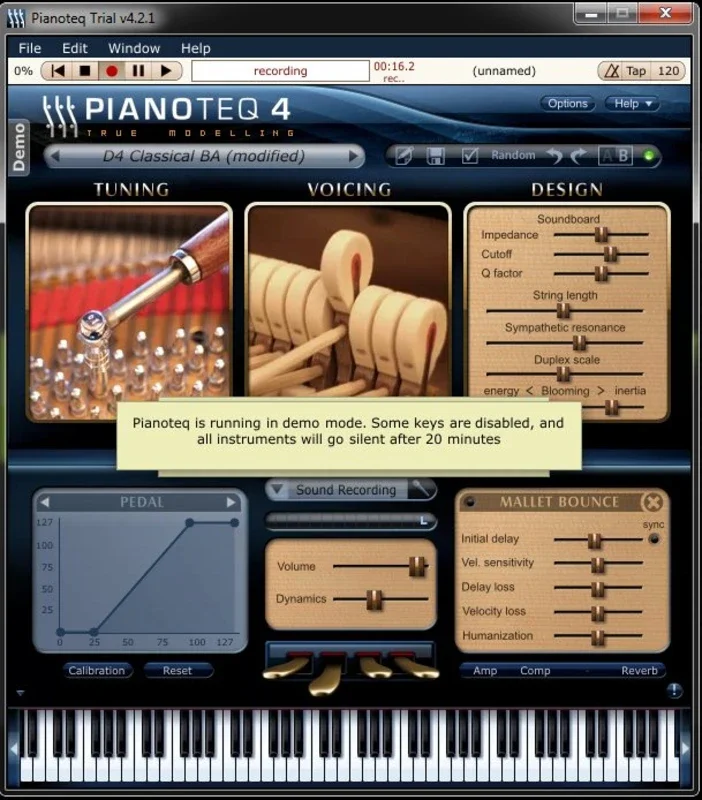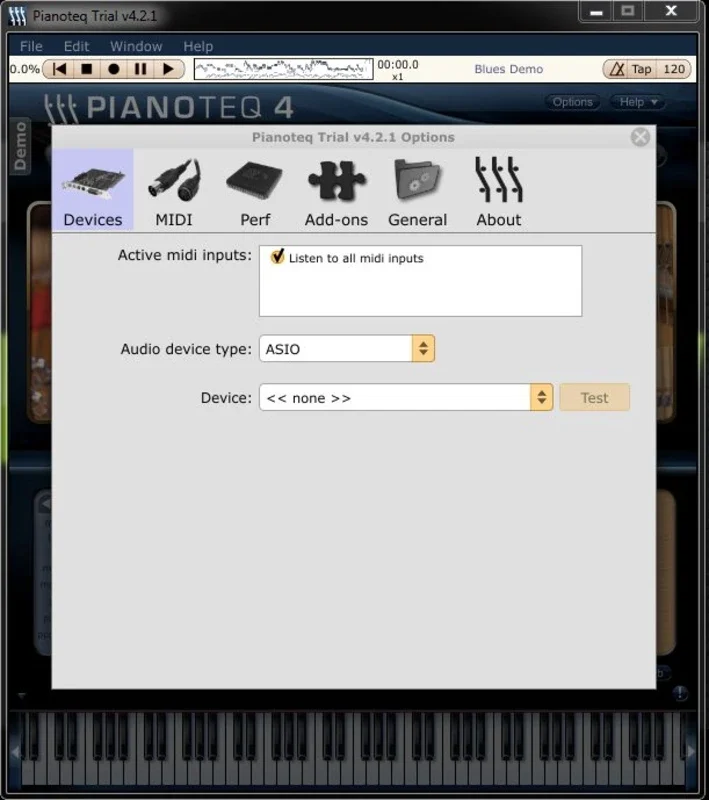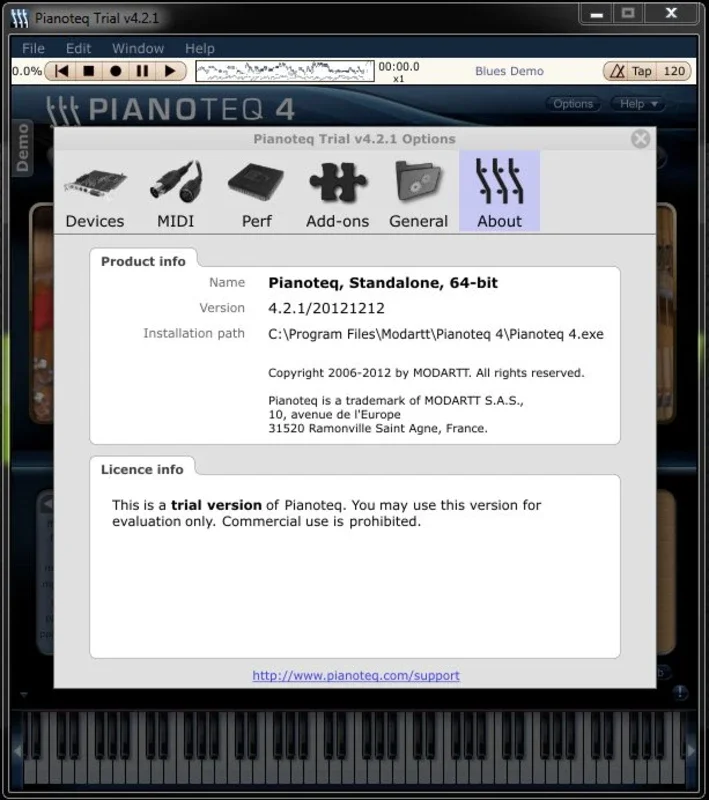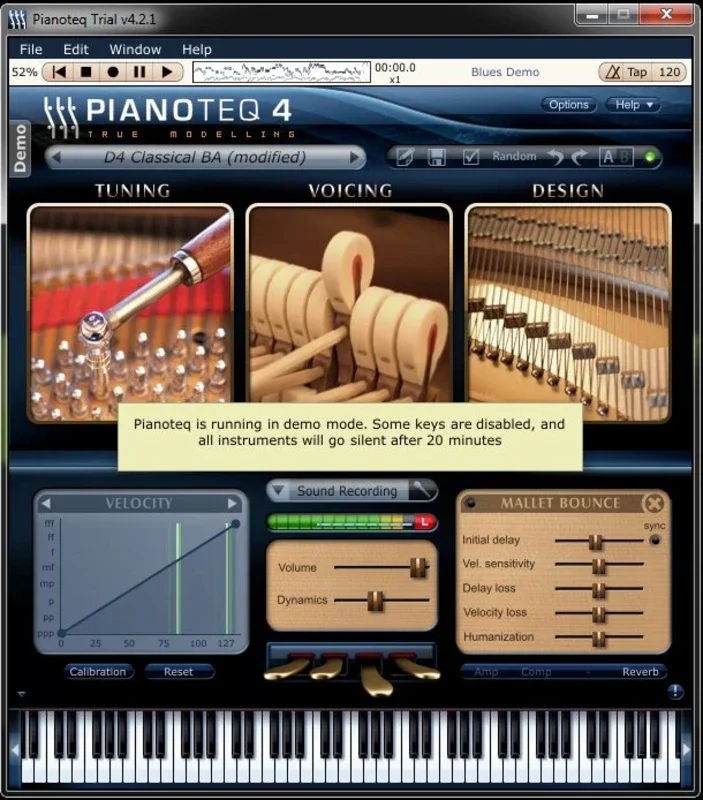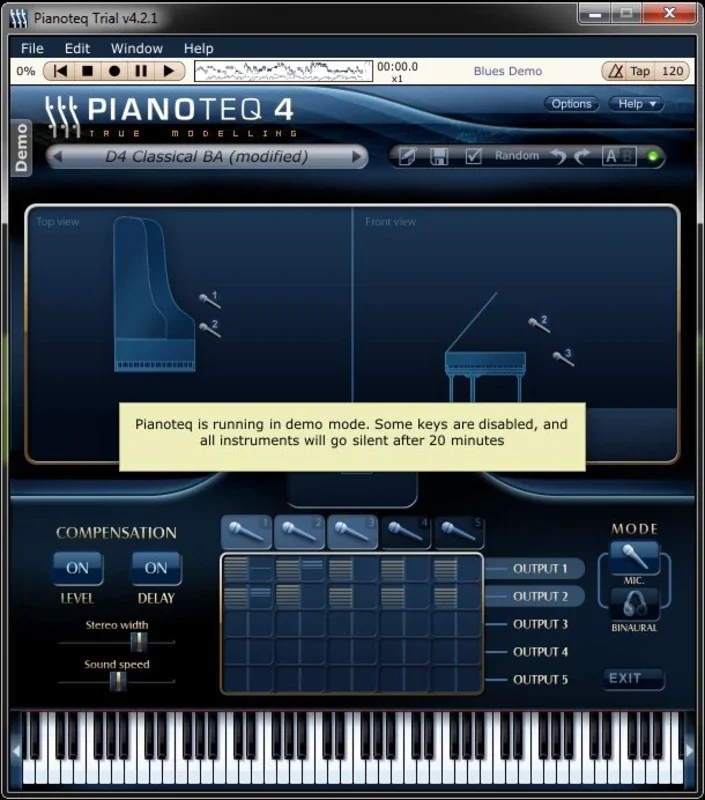Pianoteq App Introduction
Introduction
Pianoteq has emerged as a remarkable software in the realm of virtual pianos. It is not just another virtual piano but a sophisticated piece of software that brings a new level of authenticity and functionality to the digital piano experience.
The Sound Production
The sound in Pianoteq is generated through a physical modeled instrument. This means that it closely mimics the properties and behaviors of real acoustic pianos. It can capture the complex resonances that are characteristic of a real piano. For instance, it can replicate the resonance of a harp within the piano, the duplex scale, and the various muffling effects when a key is played. Different levels of muffling can be accurately reproduced, along with other special effects like staccato. This creates a sound that is rich and nuanced, much like that of a real piano.
Pedal Functionality
Pianoteq 4 comes equipped with 4 pedals, namely the middle pedal, sostenunto pedal, harmonic pedal, and una corda pedal. These pedals play a crucial role in shaping the sound and the overall playing experience. The middle pedal, for example, can be used to sustain certain notes while others are played, adding a layer of complexity to the music. The sostenunto pedal allows for a long - lasting sustain of the notes, creating a more ambient and flowing sound. The harmonic pedal and una corda pedal each contribute their own unique effects to the music, enhancing the tonal quality and expressiveness.
Microphone and Channel Options
This software also offers the user the ability to choose the position of the microphone. This is a significant feature as it can greatly influence the sound quality and the overall feel of the music. Additionally, Pianoteq 4 allows for a mixture of multiple channels. With more than 5 microphones and 5 channels available, users have a great deal of flexibility in creating the perfect sound mix. They can adjust the balance between different channels to achieve the desired tonal balance and spatial effect.
Equalizer and Sound Controls
Pianoteq 4 includes an equalizer which is a powerful tool for shaping the sound. It allows users to adjust the frequency response according to their preferences. The key velocity connectors are another important aspect. They enable the software to respond accurately to the force with which the keys are pressed on a MIDI - compatible keyboard. The volume control, along with the dynamic sounds that range from pianissimo to fortissimo, gives users complete control over the loudness and softness of the music. This range of control allows for a highly expressive playing experience, whether one is playing a soft and delicate piece or a powerful and energetic one.
Adaptability and Compact Size
Pianoteq is a very adaptable instrument. It can be easily connected to a MIDI - compatible keyboard, making it accessible for a wide range of musicians. Despite its advanced features and capabilities, it is surprisingly compact in size, taking up only 20MB. This makes it a convenient option for those who may have limited storage space on their devices.
Conclusion
In conclusion, Pianoteq is a virtual piano software that stands out in the market. Its combination of advanced sound production techniques, pedal functionality, microphone and channel options, equalizer and sound controls, along with its adaptability and compact size, make it an excellent choice for both amateur and professional musicians alike. It offers a high - quality virtual piano experience that is both immersive and creative.
